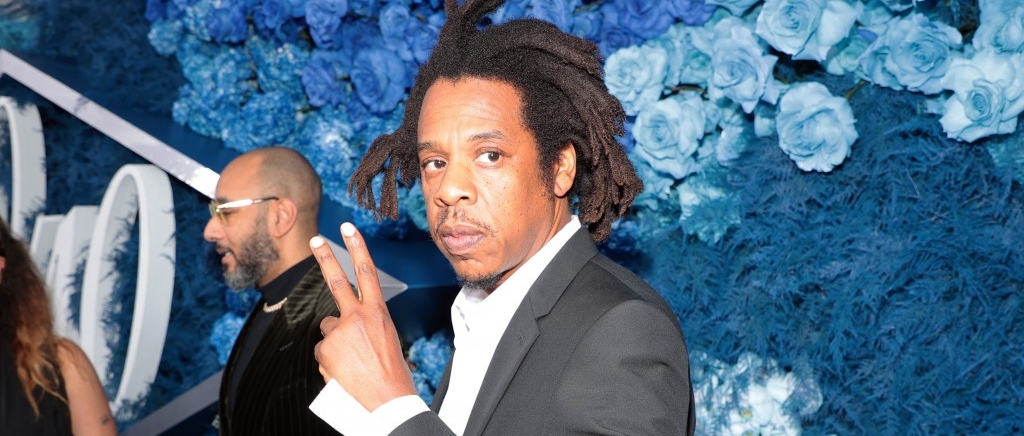
According to a new report at The Daily Beast, the new Tiffany & Co. ad campaign featuring Beyonce and Jay-Z posing alongside a rarely-seen canvas by Jean-Michel Basquiat has drawn the ire of the artist’s closest friends and collaborators, some of whom say they were “horrified” to see the ad. They maintain that Basquiat himself would not have approved of such commercial use of his work, calling it a “prop” to give the ad empty cultural clout.
Alexis Adler, who is described as a girlfriend of the late painter who lived with him during his early career, told The Beast, “I’d seen the ad a couple days ago and I was horrified… the commercialization and commodification of Jean and his art at this point—it’s really not what Jean was about.” Alder pointed out that while Basquiat certainly wanted to be commercially successful, he also wanted his art to be accessible. “Unfortunately, the museums came to Jean’s art late, so most of his art is in private hands and people don’t get to see that art except for the shows,” she notes. “Why show it as a prop to an ad? Loan it out to a museum. In a time where there were very few Black artists represented in Western museums, that was his goal: to get to a museum.”
Al Diaz, Basquiat’s partner in the duo SAMO, also criticized the ad for misappropriating Basquiat’s image and reputation as a “luxury” association. “People think that his association with luxury was because he was impressed with that shit, but he couldn’t care less,” he explains. “It’s not just about wearing an Armani suit. If he wore it, it’s because he could buy it and fuck it up, it wasn’t because the stitches were fabulous or well-made… People won’t see the depth. At this point, the only people that could afford a Basquiat are the people he was targeting. Like, you’re the oppressor. They buy it out so that it becomes meaningless.”
And an unnamed curator of Basquiat’s work takes issue with the company’s insistence that the distinctive blue tone used on Equals Pi would ever be a simple tribute to the remarkably similar “Tiffany blue” signature. “Let’s say he did reference that color on purpose — which seems out of character for him to do something that simple — I think it really flattens his artistic approach,” they said. “He was a really deep thinker. His work wasn’t like, this symbolizes this. Everything references something but then it tells a story of that thing. But let’s say he did though… to use it in an ad, it wouldn’t have been the context. It wouldn’t be used to sell Tiffany’s but to say something critical, maybe about blood diamond extraction or something. I just think it’s a reach.”
The full article can be read here.
